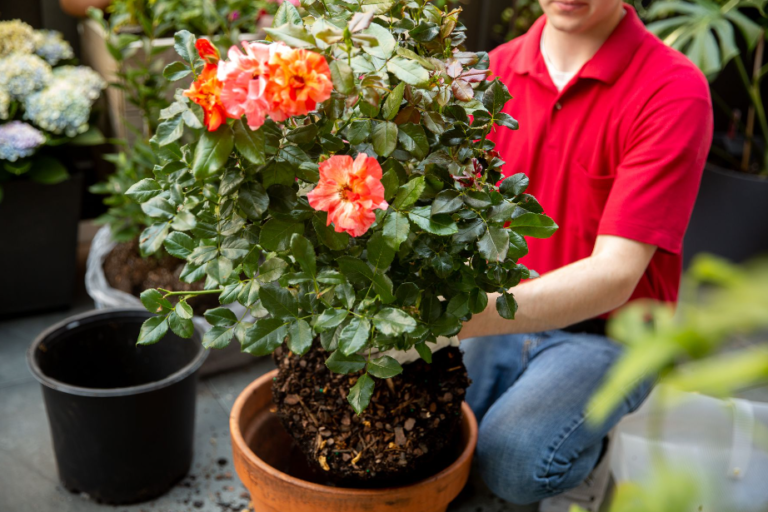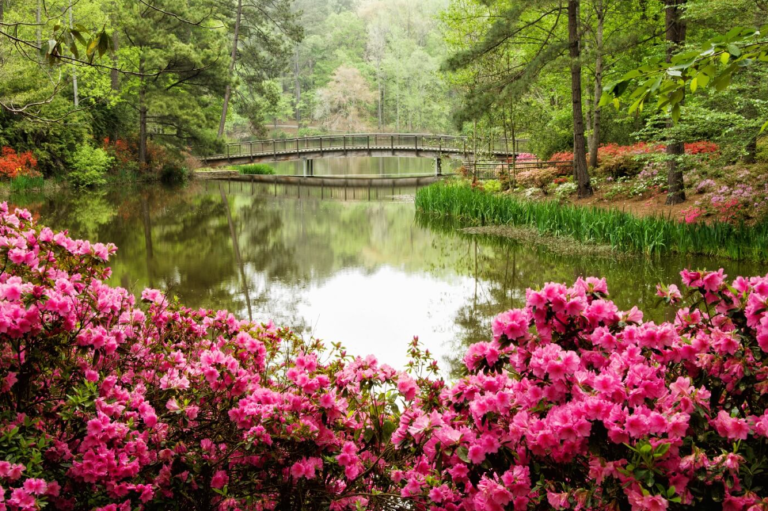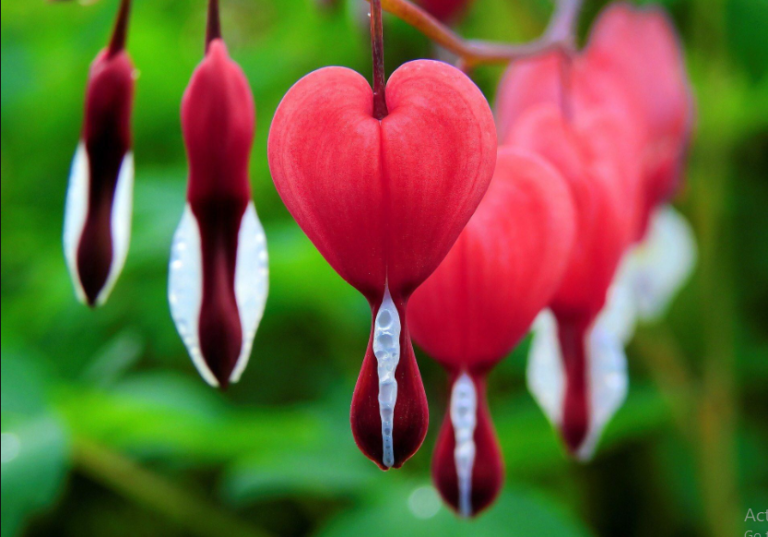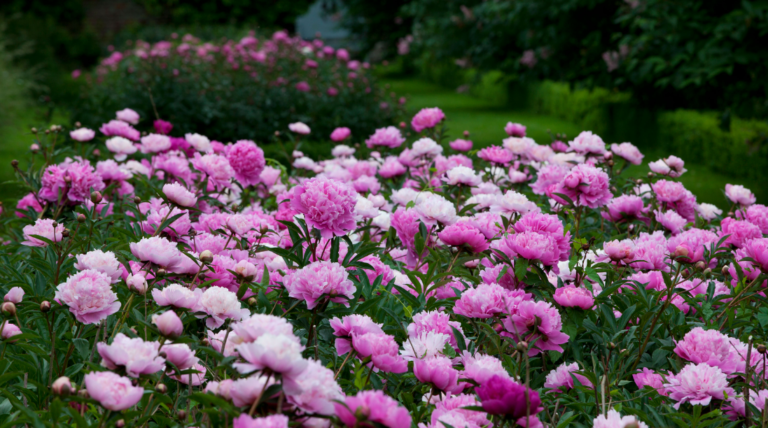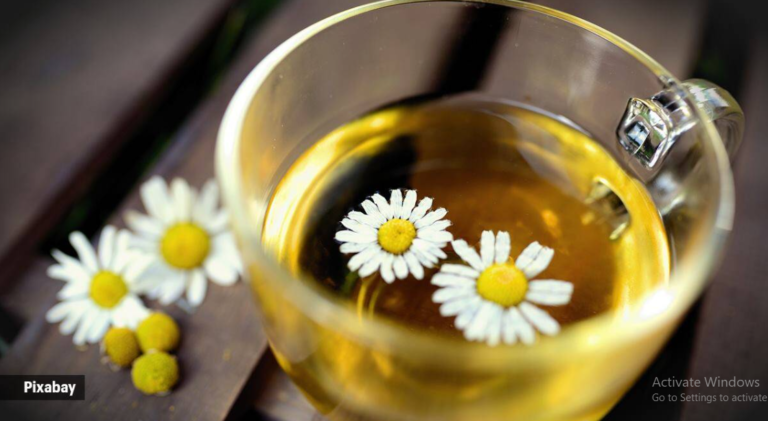What are Anemone Flowers?
Anemone flowers, not to be confused with the sea Anemone, are herbaceous flowers (without a woody stem) with lobed leaves. They are part of the Ranunculaceae family, originating from China and Japan. Over there, Anemone flowers grew in ravines and on rocks. There are more than 120 varieties. Anemones often occur in Israel, where the rare red variant is also fairly common.

Alternate Names & Meanings
Anemone means ‘windflower’ in Greek, derived from the word Anemoi (Greek wind gods). They’re also sometimes called Poppy Anemone or Spanish Marigold. More technically, Panda Anemones are referred to as Anemone Coronaria.
History
Anemones are part of the Ranunculaceae family (as are Ranunculus, another favorite of mine!). There are over 200 species of flowering plants in the Ranunculaceae family.
They have quite a colorful history and different meanings in different cultures. In western culture, their meaning is tied to Greek Mythology and the Anemone’s origin traces back to Adonis and Aphrodite. Aphrodite and Adonis were lovers — and the other Greek gods murdered Adonis out of jealousy. Crimson Anemones were said to have grown where each drop of Adonis’s blood (and Aphrodite’s tears, as the mourned the death of her lover) landed. This is why Anemones symbolize unfading love in the west.
Varieties, Colors, and shapes
Anemones are beautiful flowers, and with a small breath of air, they move cheerfully on their trunks. This is how the flower got its nickname: Wind Flower. Think of the anemone types Mariana and Mona Lisa, but also the dying Mistrals and Fullstar types.
Anemone Marianne & Mona Lisa

These lovely Anemone varieties are also known as Anemone Coronaria. They are almost year-round available: from August to May you enjoy these beauties. They are grown in Holland, Israel, France, and Italy, and the color palette in which Marianne’s and Mistrals are available in red, white, blue, and purple. The white variety is called ‘Panda’; because of the dark heart in the middle of the creamy, white petals, it looks like a little panda bear! Both the Marianne and the Mona Lisa Anemones are also available assorted and mixed per bunch, with various colors.
Mistral Blue – these deep blue, almost a bit purplish flowers match Pantone’s Color of the Year Ultra Violet perfectly.
Mistral Celeste – with bicolored white, lavender, and blue petals. Each petal looks like a watercolored piece of art!
Mistral Cenere – each Cenere Anemone has a different shade of warm purple, from deep burgundy to light pastel lavenders. If you are looking for a bohemian, romantic flower, this is it!
Mistral Cerise – like the name already discovers these beauties have amazing cerise-colored petals. They match well with pinks and purples in all kinds of shades.
Mistral Tigre – Tigres are gorgeous bicolored fresh light green and red flowers. The pattern on the petals looks a bit like a tiger print.
Mistral Shocking – The petals of Shocking Anemones are colored pinkish red on the inside, and creamy yellowish light green on the outside.
Mistral Violet – the petals of the Violet Mistral flowers are so deep purple, they almost look black! They light up a bit when they are in the vase for several days. Perfect if you are going for a mysterious look, or if you are looking for a flower that will bring some contrast into your design.
Mistral White – do not be fooled by the name: white does not mean completely white! Some of the Mistral Whites have a touch of light pink, and therefore they look super romantic.
Mistral Anemone varieties are available in three quality levels: standard, extra, and super. And believe us: they are breathtakingly beautiful! Our buyers look really thoroughly at the quality level and size of the flower to be sure that the quality levels which are mentioned in our webshop are correct.
In European cultures, peasants used Anemones to ward off pests, disease and bad luck. English and Irish folks believed Anemones closed petals helped to protect sleeping fairies.
In Season
Anemones are typically in season from October through May, with the winter months at the height of the season in Canada.
Vase Life
Cut Anemones generally live between 5 and 8 days.
ANEMONE CARE AND CONDITIONING TIPS
If you pamper your Anemones, they’ll last for up to 8 days. Utilize Rebecca’s expert tips to maximize the life of those beautiful winter blooms:
1. Anemones usually come wrapped when purchased. Once you get your Anemones home, remove the wrapping immediately to allow the blooms to breathe and air to circulate freely.
2. Use a pair of garden shears or a kitchen knife to cut the bottom 1/2 inch off of each Anemone stem at a 45 degree angle.
3. Snip off any leaves or flower parts that will fall below the lip of the vase. The only things that should be inside the vase are the Anemone stems and water.
4. Always place freshly cut Anemones in lukewarm water. Warm water molecules move faster than cold water molecules, therefore are more easily absorbed. The objective is to get water and nutrients as quickly as possible to the head of the flower. For optimal Anemone life, change the water and trim the stems every 2 – 3 days.
5. Add flower food to the water. Commercial flower food will provide nutrients the Anemones need to stay fresh for a longer period of time.
Tip: Ask for a few packets of flower food when you buy Anemones at the flower shop — or make your own at home!
6. Set the vase of Anemones out of direct sunlight and away from heating vents or radiators. Anemones are quite delicate and wilt if they’re overly warm or close if they’re too cold. Consistent room temperature (away from doors and cold drafts from the frigid February outdoors) will ensure happy Anemones!
Purchasing Tips
Anemones are a flower Rebecca actually recommends purchasing in the tight bud stage. I know it seems strange, but they’ll open and bloom naturally over the course of their lifespan. Be sure get them properly hydrated as soon as you get them home!


